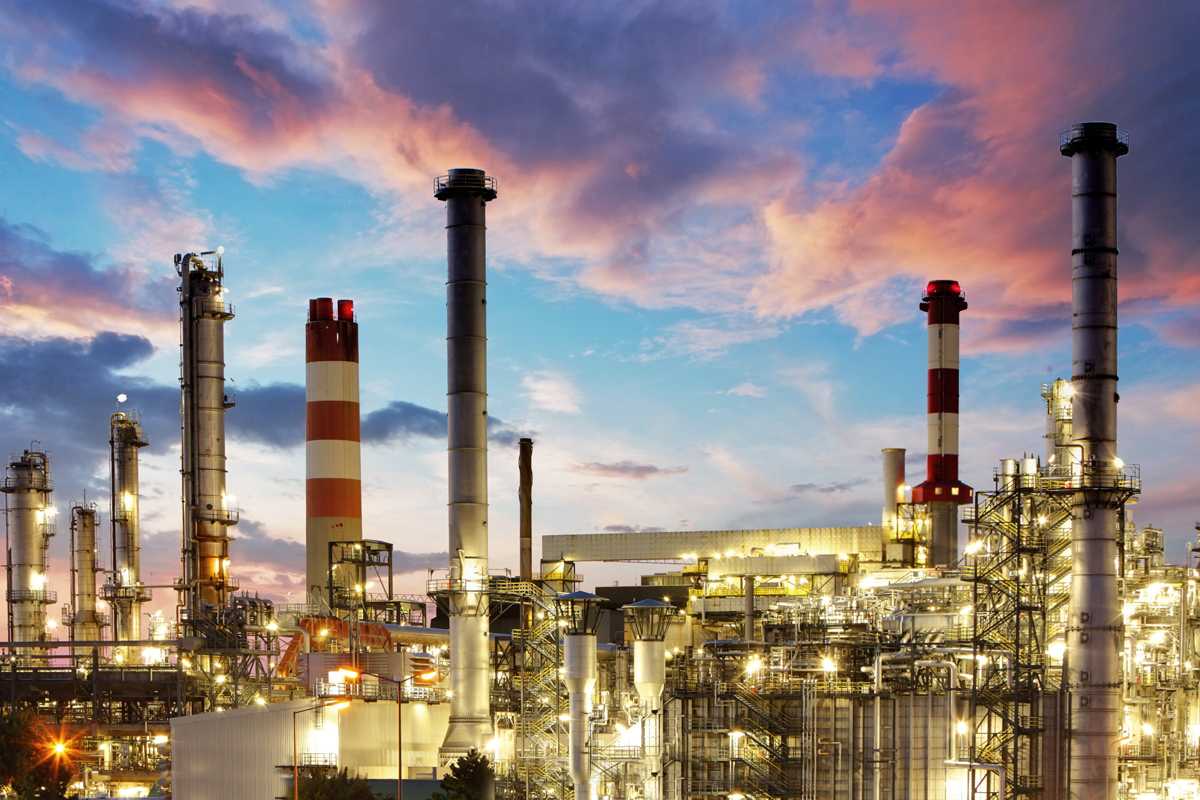Search for Course
Course Objectives
- Understand the inflow and outflow performance as well as the system analysis in subsurface production operations
- Understand gas treatment process.
- Understand gas dehydration and processing, absorption, refrigeration and fractionation, cryogenics and LNG production.
- Understanding the normal operating conditions of the plant
- Have a good background of oil and gas processing and be able to understand the scope of LNG (NGL) gas processing
- Become familiar with the transfer operations in the gas field and be able to carry-out the measurement techniques
- Understand the conversion factors and be able to learn data analysis
- Acquire in-depth understanding of gas compression, natural gas, slug catcher and NGL recovery
- Define abnormal conditions such as high liquid level, heat loss, tanks getting dry, foams, plugged outlets
- Learn about instrumentation, measurement and control of natural gas and gas liquids in addition to gas facility maintenance
- Handle abnormal conditions such as loss of power, loss of control, loss of air, shortage of man power, foam and hydrate formation, Troubleshoot the problems
- Emphasize the importance of water content in the gas field operations and be able to review & improve gas treatment
- Know the procedure of condensate stabilization
- Apply troubleshooting and safety considerations
Course Outline
- Introduction to Natural Gas Processing
- Introduction to natural gas processing
- Fundamentals and of natural gas engineering
- Physical properties of natural gas
- Natural gas production
- Impurities in the gas
- Contract terms
- Heating value/ BTU (British Thermal Unit) importance
- Plant normal and abnormal conditions
- Startup and initial operation
- Natural Gas Liquid (NGL), Gas-to-Liquid (GTL), Liquefied Petroleum Gas (LPG)
Gas-Liquid Separation Systems
- Gas-liquid separation system
- Separators (types of separators - separator sizing)
- Common variables such as pressure, temp., flow and level
- Instrumentation, control, and measurement of natural gas and gas liquids
- Control valves & actuators
- Pressure, temperature, and level controls
- Field application of instruments
- Structured approach to the process operation
- Contaminants removal
- Process plant machinery specific plant issues
- Management, planning and control
- Startup and shutdown planning & control
Mercury Removal Systems / Hydrate Problems / Dehydration of Natural Gas
- Mercury problem in natural gas
- Process description of the mercury removal units
- Hydrate formation conditions
- Hydrate prevention and mitigation methods
- Water content estimation
- Water dew point control
- Dehydration systems and methods
Dehydration of Natural Gas / NGL Recovery and Removal of Heavy Hydrocarbon
- Glycol dehydration unit
- Process description of the TEG (Triethylene Glycol) dehydration unit
- The factors affect the TEG dehydration unit performance
- Trouble shooting of the TEG dehydration unit
- The nature of process problems affecting performance
- Removal of heavy hydrocarbons (LTS & turbo expanders systems)
- Condensate stabilization - refrigeration system - cryogenics applications – turbo-expanders
Sweetening Systems
- Removal of acid gases (H2S, CO2)
- Sweetening systems: membrane system
- Troubleshooting & problem solving
- Risk management
- Introduction to the theory of inventive problem solving
- Effect of maintenance on operation
- Managing, environment, safety and quality concern
- Case studies



